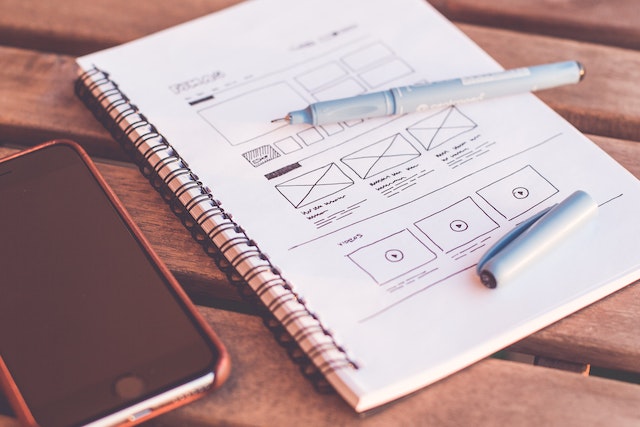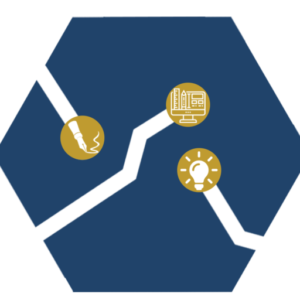I became an instructional designer when I started working as a technical writer. I had some experience with design through creating most of my high school yearbook myself, but I didn’t know what an instructional designer was or what goes into it. You can probably figure out what this specific designer does based on context clues. It’s someone who creates instructions or shows you how to do something, but being an one is so much more than that.

It’s not just about the look
Instructional design isn’t just about picking out colors and creating shapes. There is much more that goes into instructional design, including many different models and theories. The most popular models that describe how a designer creates eLearns are:
- ADDIE Model (Analyze, Design, Develop, Implement, and Evaluate)
- SAM (Successive Approximation Model)
Popular instructional design theories include:
- Situated Cognition Theory
- Sociocultural Learning Theory
- Bloom’s Taxonomy of Learning Objectives
- Individualized Instruction Theory
These theories cover different ways that people learn, how learning can be facilitated, and why some people can learn differently than others. These listed theories and models are just scratching the surface of the thought and science behind instructional design.
Endless possibilities
Instructional design gives you endless possibilities to present the information for your training. For one training, you could use animated videos to explain a topic with knowledge check questions at the end. Another training might use button triggers the learner employs to get the information, as well as games for the learner to play along their learning journey. The way you present the information should be based on what is the best way(s) the learner will understand and retain the information.
Tools make the training
The tools you have available as an instructional designer are plentiful and continue to grow. The software we use most includes:
These are just the tools we use to house and base all the training. There are also screen-capturing tools, video-making tools, and job aid creation tools that greatly help enhance the training you create. A instructional designer typically uses a combination of all these tools to provide very engaging and effective training.
Expertise through research
You don’t have to start as an expert with the information you present as an instructional designer. We research the information through the internet and resources we are given, as well as work with subject matter experts (or SMEs) to get information that is not easily found or more specific to the company. We form relationships with SMEs who know the information presented very well and help the instructional designer understand it and identify knowledge gaps that can be filled through creating the training.
Conclusion
Like technical writing, the world of instructional design is fascinating and always gives opportunities to show your creative side. If you talk to an instructional designer, they’ll tell you how much they enjoy creating training that both engages the learner while teaching them new information or skills.
Ask us how our experienced designers can help you create interesting and informative onboarding and other trainings for less money and in less time than you think!
Related Blogs
The Emotions Behind Color in Training
How to Keep Learners Engaged in the World of eLearning Courses
6 Questions to Ask Yourself as You Develop a Training Course



